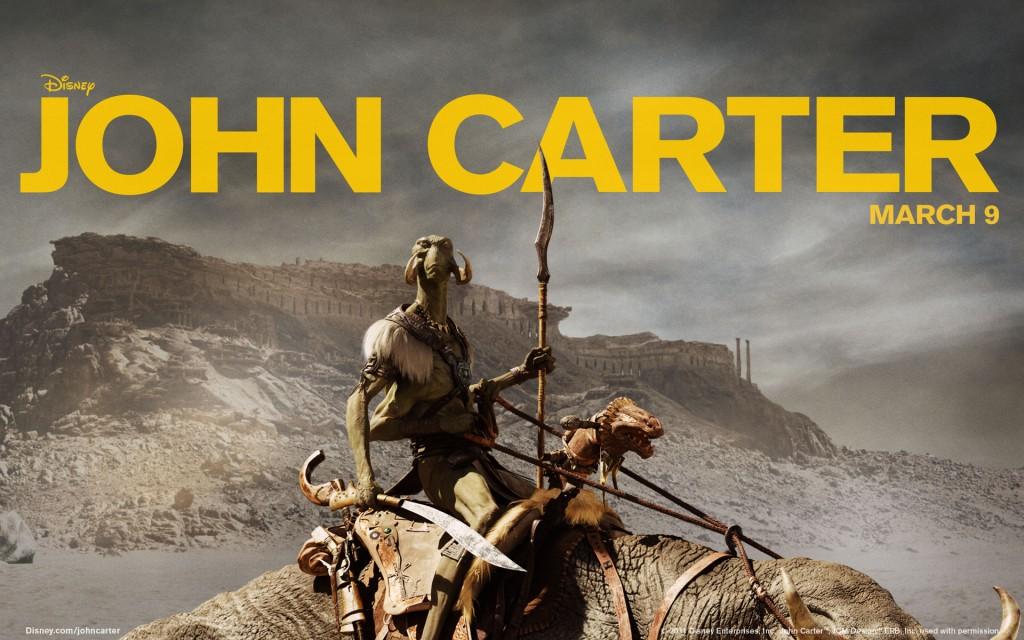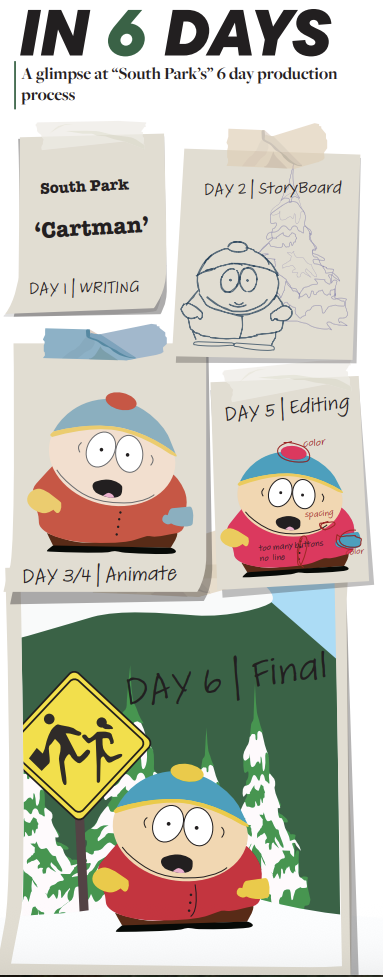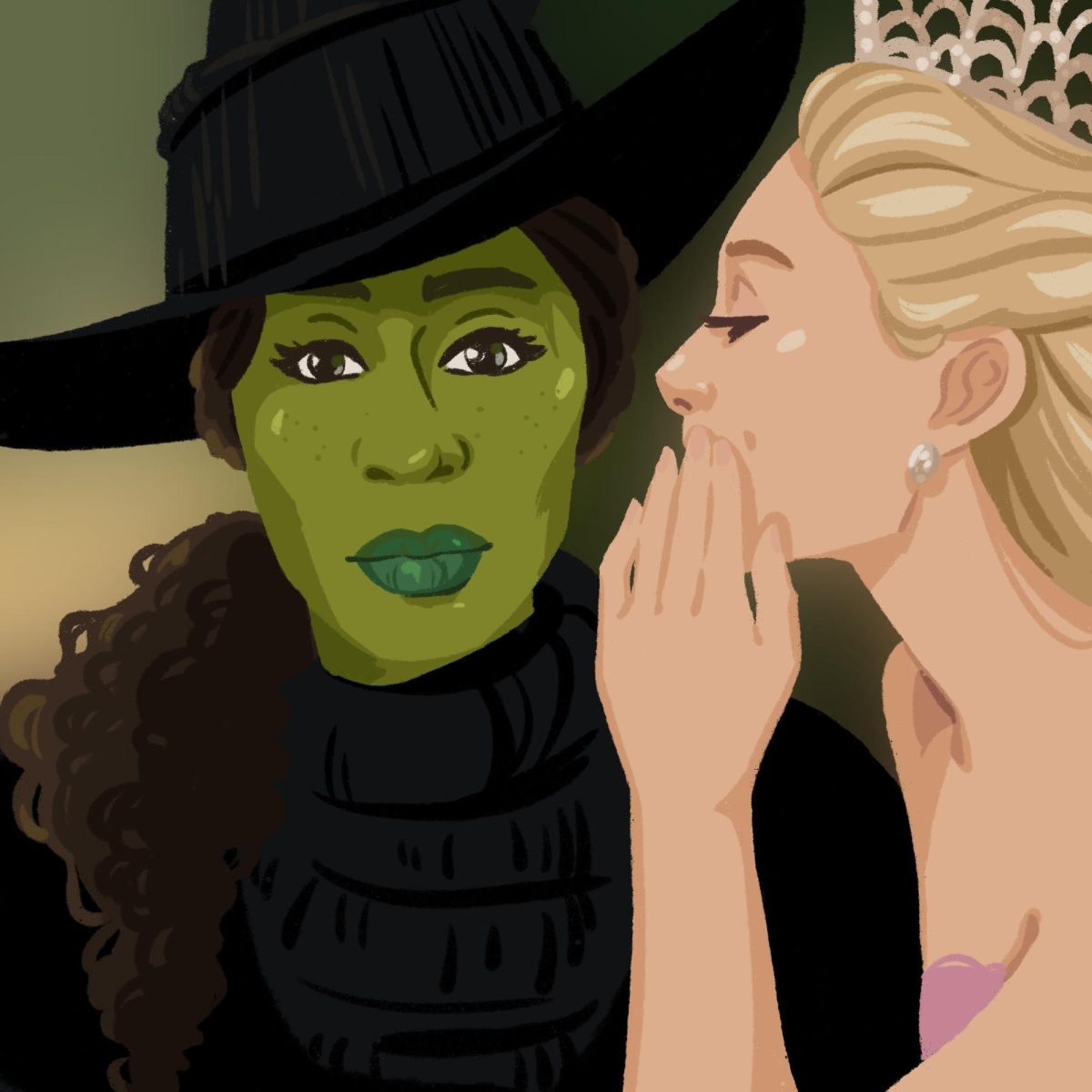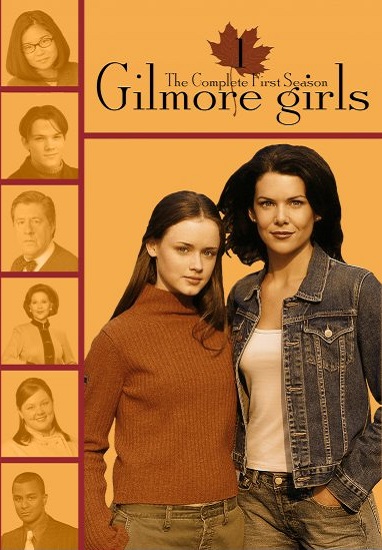Commercials for Andrew Stanton’s John Carter have a tendency to state that before there was Star Wars, there was John Carter. I want to say that sci-fi has come a long way since this John Carter.
Based off a story by the writer Edgar Rice Burrows, this film enjoys itself a sci-fi story by completely refusing to adhere to science fiction rules and allowing things such as “sailing on light” and immortals to go unexplained.
It is the story of a Civil War veteran named John Carter (Taylor Kitsch) who is searching out his fortune in Arizona. One day while fleeing from a group of Apache Indians, he winds up in a cave full of gold when a strange man materializes next to him and attacks him. Would you like to know why this man came to earth? So would I, but the film hopes that we’ll forget about that and just go along with the story.
He is then teleported to Mars, or Barsoom as the natives call it, a planet with no water to be found, which begs the questions of how these people survive without water, and how nobody wears a shirt, considering it’s a desert planet with whipping winds that would send sand straight at your freely-exposed midriff.
He finds that he has the ability, considering he is not accustomed to Mars’s much less powerful force of gravity, to leap across the surface in a Hulk-like fashion. He masters this technique in a period of about five in-movie minutes. One moment, Carter is unable to walk without tumbling to the ground like a martian Stooge, but after a few creatures spot him, he is wirefighting with the best of them.
After encountering trouble with the natives he meets a princess from the city of Helium, who is running from the prince of the moving city of Zodanga who wishes to marry her. I hate to spoil the plot for you, but she falls in love with Carter, which I was expertly able to predict with my knowledge of bad screenwriting.
The plot is flimsy at best, mixing some religion and science in to try and create a few twists and turns; in the end, the story proves to be paper-thin. There is a logical great journey with a few detours made for some clunky exposition, followed by a climactic battle. There isn’t a change in direction that can’t be foreseen, and there’s no dialogue that can’t be predicted beforehand.
The saving grace of this film is its art design; the moving city of Zodanga being a highlight. Whoever designed it certainly deserves some kind of award because it created a structure built with regality, savagery and steampunk influences in a way that is incredibly difficult to describe but breathtaking the first time around. The inside of the city of Helium uses massive lenses in a very clever and attractive way, as well.
However, the question must be asked, if this was so far before Star Wars, why does it look so derivative of the series? The flight through Zodanga on the airships is immediately reminiscent of the speeder bike chase in Return of the Jedi and the arena fight looks suspiciously like the one in Attack of the Clones.
Fact is, it’s a B movie. Does it have anything groundbreaking? Aside from a design director that I hope gets more work for what he did, there wasn’t anything particularly eye catching about the film. The plot was stripped to its bare bones, subplots were made and unmade in conversations spaced out with montages and the only character that I really cared for was the dog-thing with six legs.
If you have a weekend without anything to do, go see John Carter, but you’re not going to get any sort of incredible experience out of it other than an hour or two of killed time.
2 out of 5 stars










